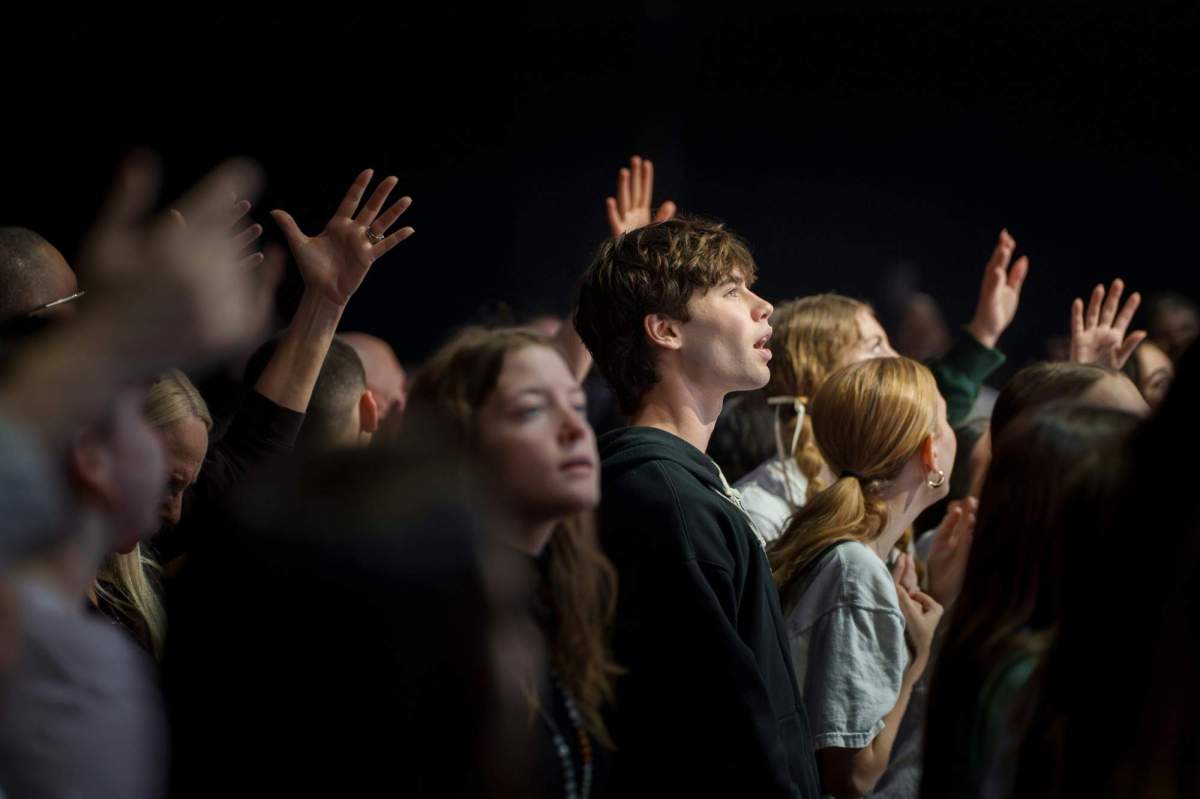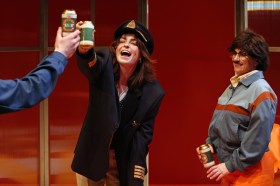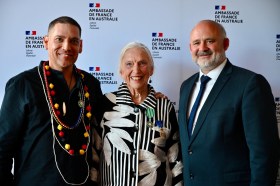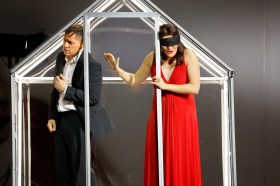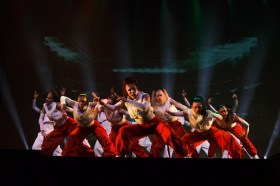We all need champions to invest in change to ensure more pathways to the arts for young and emerging artists with disabilities.
Arts media platforms like ArtsHub have increasingly played a role here, providing visibility and space for Australian artists with disabilities and recognising their place in the Australian cultural narrative. Many of our largest tertiary arts institutions are also investing more to ensure young artists with disabilities can access their specialist arts training and gain career-building qualifications.
However, as evidenced by a recent performing arts production at one of our most reputable tertiary arts universities, there are still areas that need attention to ensure progress for all.
Arts training – quick links
Lack of awareness and attention
It would be unfair to identify the university production I am referring to here by name. It was only the most recent example of where standards have slipped, and not the only production or university guilty of inattention. In short, though, it was a show designed by guest directors at a university and it presented some obvious audience access barriers for people with disabilities.
These barriers were made even more glaring because the show’s lead cast member is someone living with disability themselves.
In effect, the show’s in-the-round, unseated stage design – with standing room only – was not suitable for people living with many forms of physical disability. While some seats were provided, they were positioned at the back of the theatre with restricted views.
Read: Why is there so little nature writing by disabled Australian writers?
Upon learning about the situation, my mind returned to my days as a student at Canberra School of Art (Australian National University). It was 1986. That year I had my first major epileptic fit in the middle of very busy lunch hour at the ANU cafe. A team of my lecturers took me down the hill to the then-Canberra Hospital, where months of tests and medical trials followed.
I still have a letter from the university’s Head of School. It was a sweet letter, however, its main intention was to advise me to defer my studies and focus on my health. I refused to defer my degree. I stabilised my epilepsy and finished my course despite the extended months and years it took to find the right medication load.
I had to put up a fight to stay in the system but I had agency and was backed by strong family and medical supports.
I could self-advocate.
For many of my peers at the time, things turned out differently. I think of the boys who had their first mental health issues, the bipolar painter, the mature-aged student living with the degenerative impacts of polio – they all disappeared after first year and didn’t finish their arts degrees.
Back then, there was no Disability Discrimination Act (DDA) and Australians with disabilities effectively had no legal rights around participation. In 1986, Australians with epilepsy could be refused an education in the mainstream system.
Thankfully, that is no longer the case. And it’s great to see so many in peers in the national arts sector working on submissions to frame Australia’s next iteration of the DDA right now.
Greater university access for artists with disability now?
Pleasingly, as per the latest available ABS data, there are recent indications of increased educational attainment of people with disability. The number of people with disability aged over 15 and living in households completing year 12 or equivalent has increased from 33.4% in 2018 to 45.3% in 2022.
These ABS survey findings also show that almost one in five people with disability had a bachelor’s degree or above, up from 16.1% in 2018. There were further small increases in those with an advanced diploma or diploma, which rose from 9.2% in 2019 to 10.4% in 2022.
The Federal Education Department’s 2024 statistics regarding disability accessibility in tertiary education also show interesting changes.
Since 2021 there has been a 13.5% increase in the number of students with a physical disability recorded as attending universities in Australia, but there’s been a drop of 3.9% of d/Deaf students and a 8.9% drop in blind or low vision students.
Overall, we know that education is the key mechanism through which a person can be empowered to participate fully in the social, cultural and, critically, economic life of their community.
The Convention on the Rights of Persons with Disabilities makes clear that access to an inclusive education for people with disability is a human right. It is a gateway right that supports realisation of all other rights.
By implementing inclusive education systems – across early learning, primary, secondary, technical and vocational and higher education schooling – we are supporting the development of inclusive communities and inclusive workplaces.
Read: Relaxed performances to elevate accessibility
The unnamed arts production that inspired this article is in fact a testament to some of the success we are achieving in this area. Here is an arts training institution that is effectively supporting an up-and-coming actor with a disability to undertake rigorous tertiary training, and preparing them for a career in the arts.
This is a very good sign of change.
On the flipside, this recent performance’s access limitations and design and staging choices fly in the face of this great work.
How can we improve the picture?
Companies taking the lead in accessible theatre design
We could start by looking to some leaders in accessible theatre design, and the work of Australian companies like Restless Dance Theatre and Back To Back Theatre, among others.
We also have a raft of incredible theatre makers in this country with lived experience of disability, such as Gale Mellis from Tutti Arts and Janice Florence from Weave Movement Theatre, as well as performers and producers like Joshua Pether from Arts Access Victoria and Caroline Bowditch. This group, and many others nationally, have forged the way.
The sector needs to look at this mob and their peers to begin moving towards disability-led, culturally-safe practices for artists with disabilities, and to find the production potentials that arise when access is considered from the outset of a creative process.
Looking more broadly, within the national arts sector we welcome the Office For The Arts and Creative Australia’s Arts and Disability Associated Plan, which is our four-year roadmap to build equity for artists, arts workers and audiences with disability across Australia, with an $8.1 million investment in actions to drive change.
Alongside a raft of sector initiatives such as a National Code of Practice of Arts and Disability, the action now needs to embed the gains and outcomes from the Arts and Disability Associated Plan to effect change for more Australian arts students and their audiences.
Our arts schools and universities are the vital pathways into the Australian cultural industries. While we have seen promising gains in the numbers of deaf and disabled students graduating from our universities in recent years, there are clearly some barriers for these students that persist.
This is why we need to keep working hard to make sure all of us in the creative sector understand the challenges and are open to adopting different ways of working in order to address the barriers that people with disabilities might face accessing our work.

